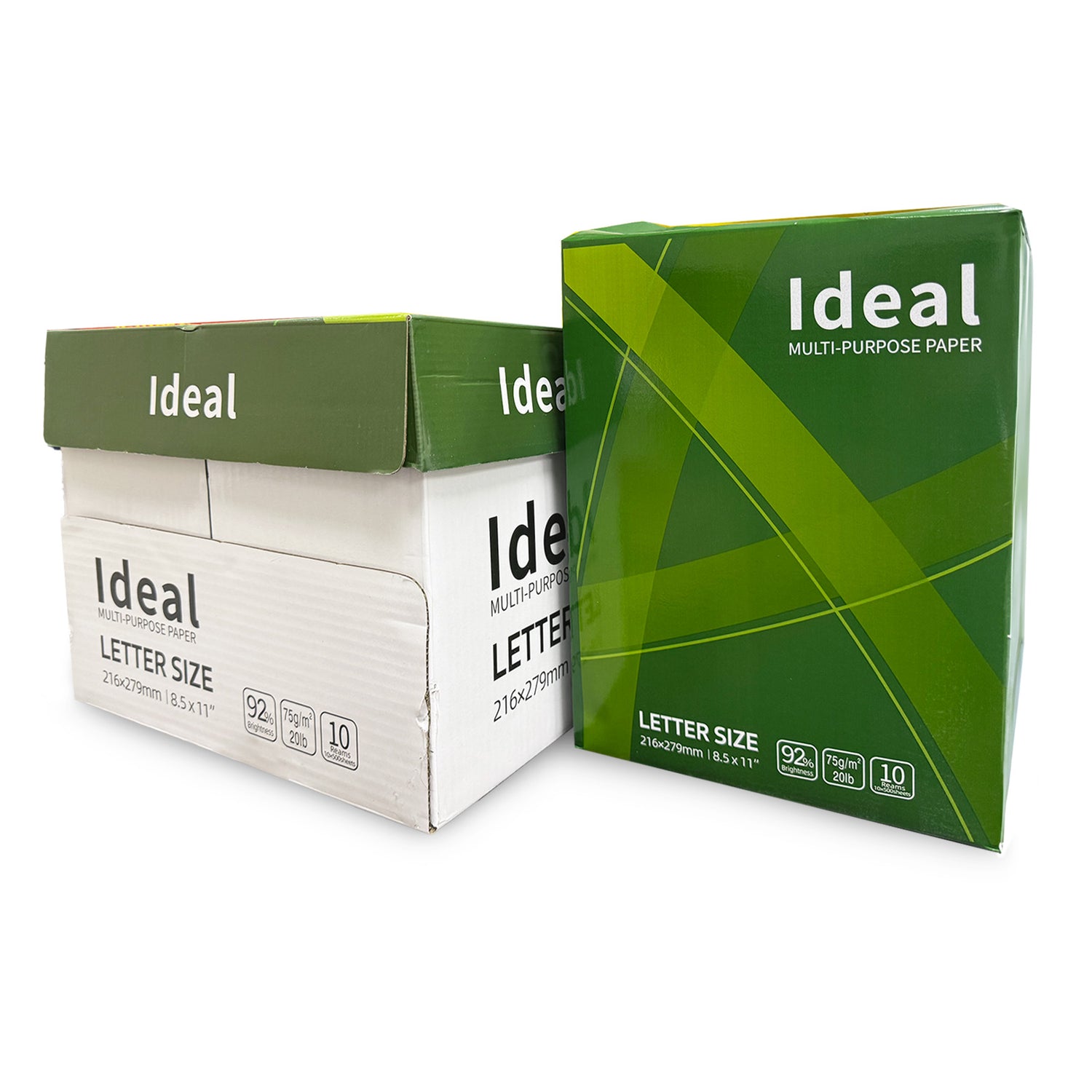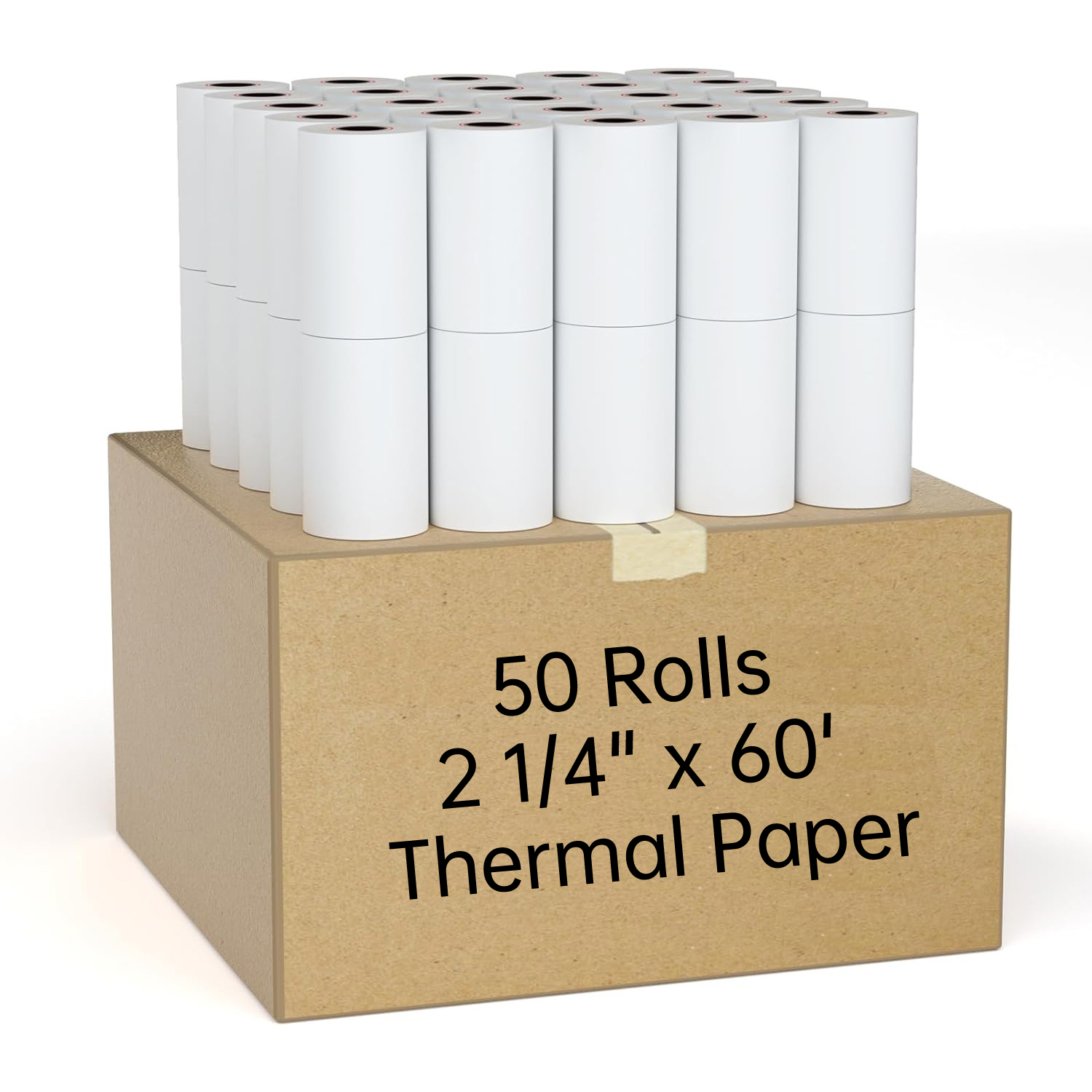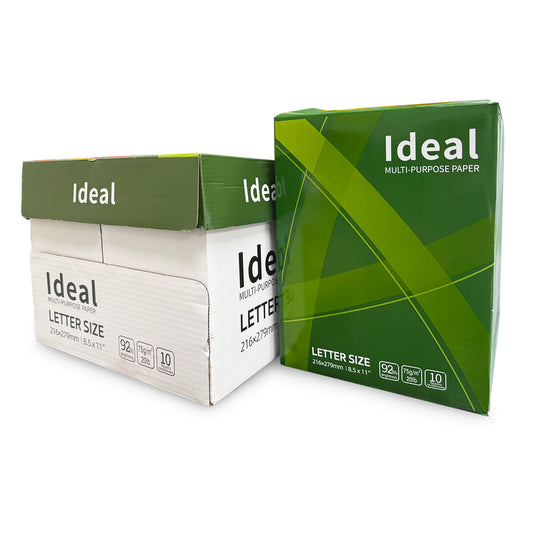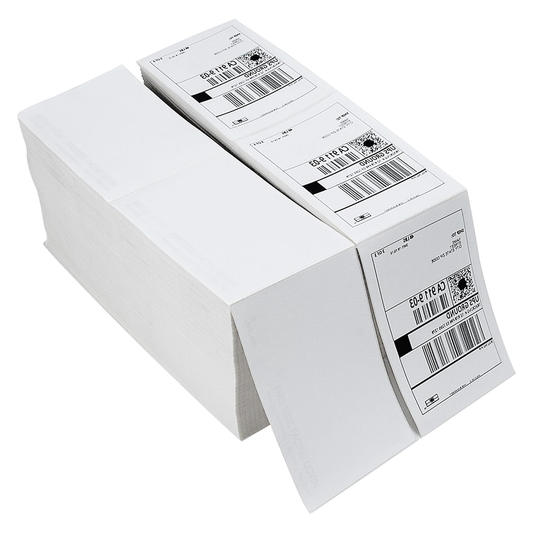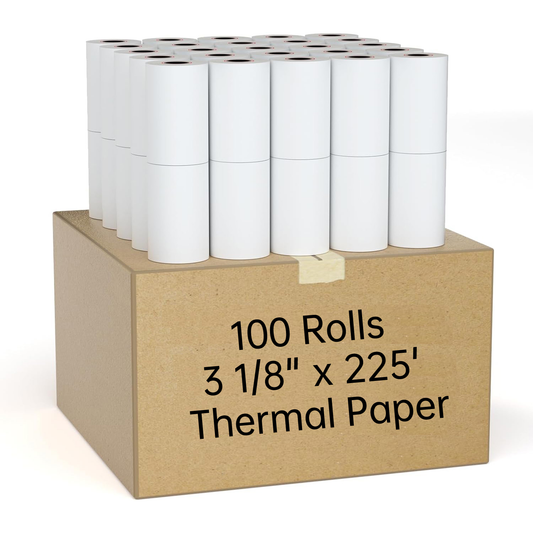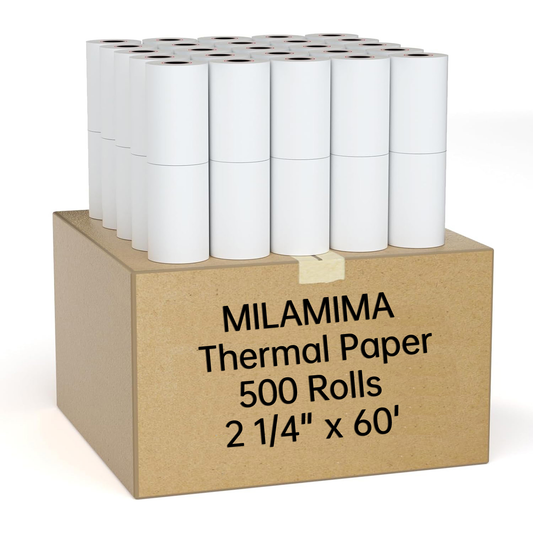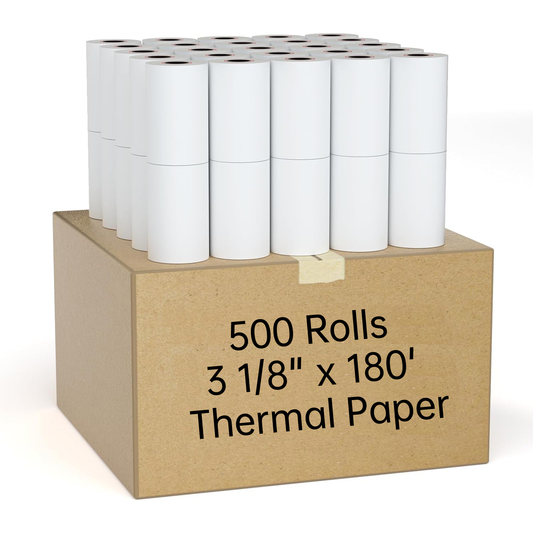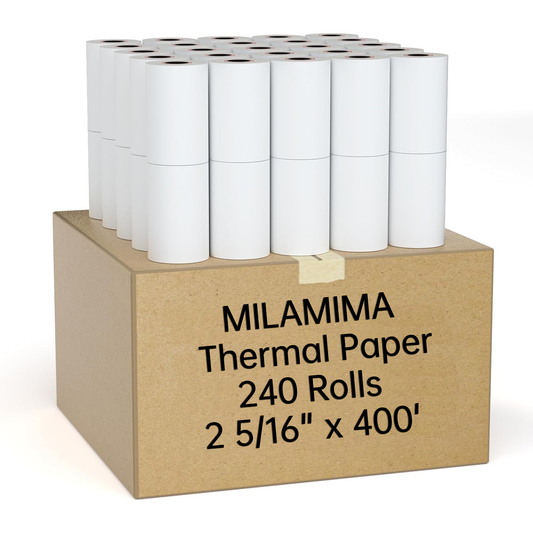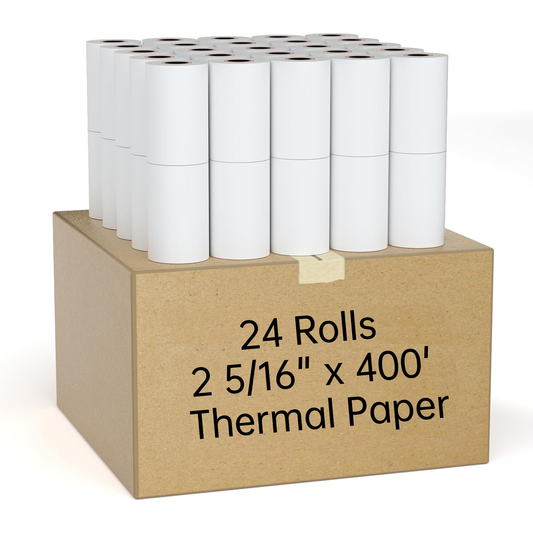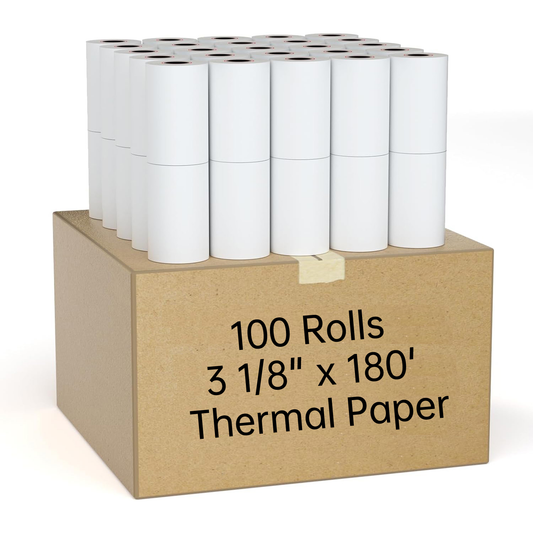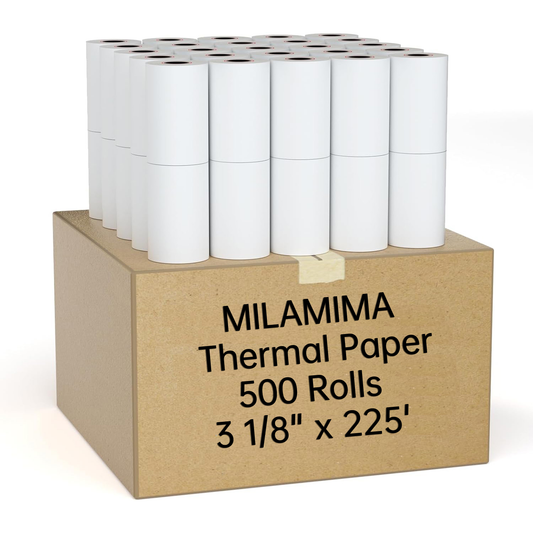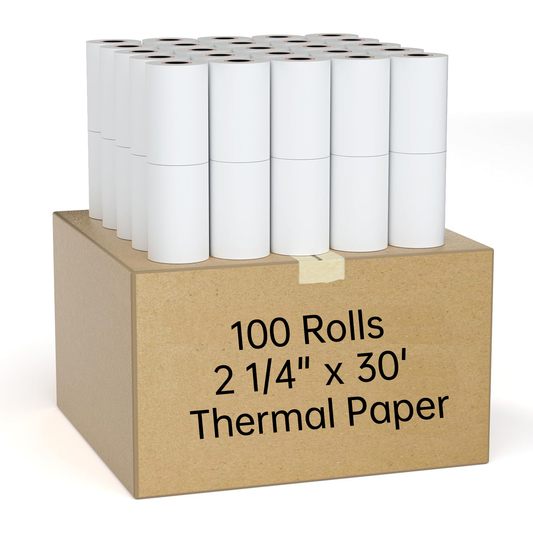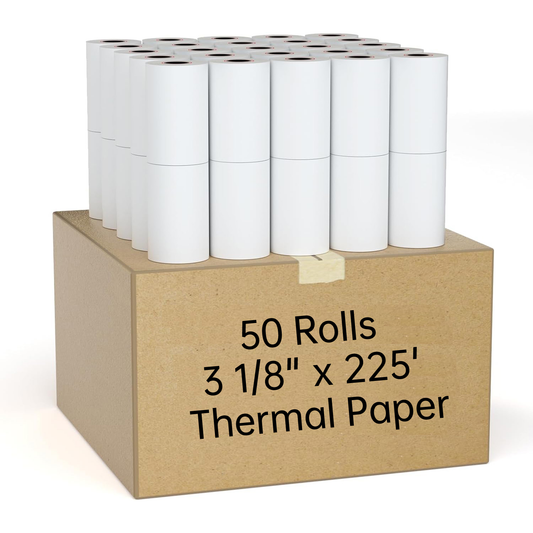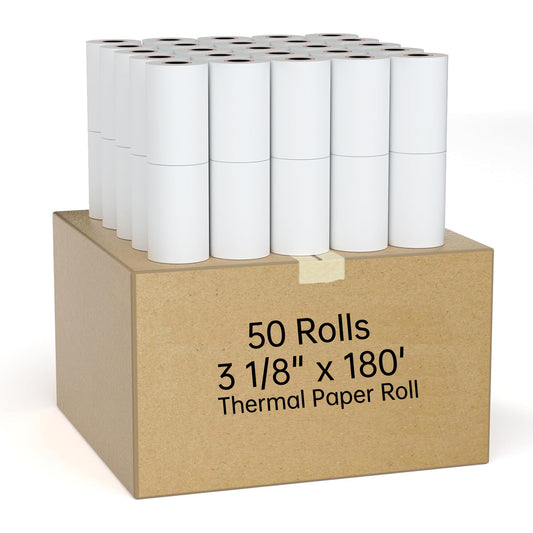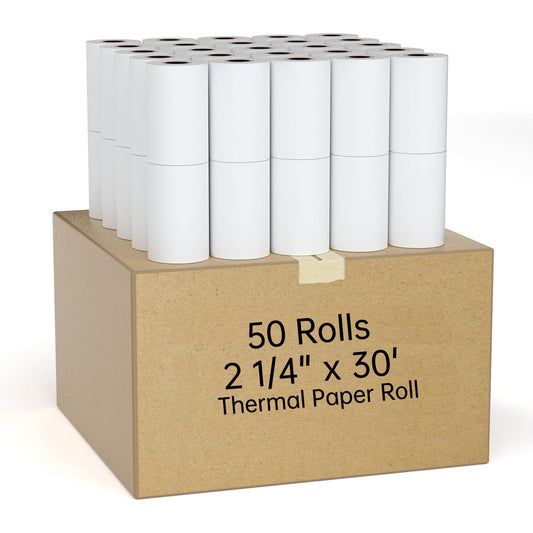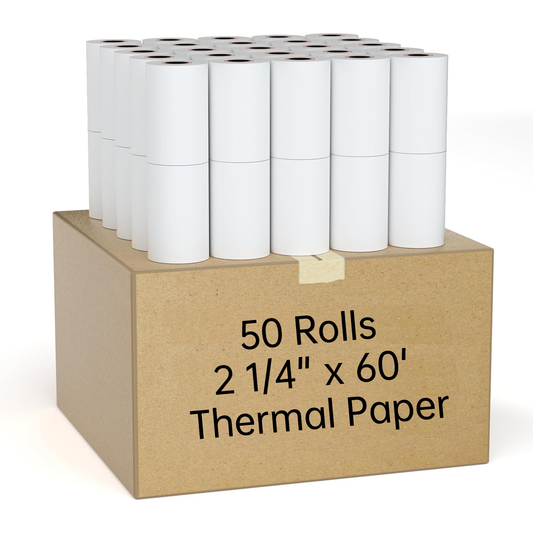As the demand for energy-efficient lighting solutions continues to rise, LED corn bulbs have emerged as a popular choice for both residential and commercial applications. Named for their resemblance to corn on the cob, these bulbs are designed to replace traditional HID lamps and metal halide bulbs, offering a range of benefits that make them a compelling option. But are LED corn bulbs really any good? Let’s explore their advantages, functionality, and factors to consider when choosing the right one.
What Are LED Corn Bulbs?
LED corn bulbs feature rows of small LED chips arranged around a cylindrical base, providing a 360-degree lighting effect. This design allows them to evenly illuminate large areas, making them ideal for applications such as street lighting, parking lots, and high bay lighting. They come in various sizes and wattages and can fit into standard E26 or larger E39 sockets.
Advantages of LED Corn Bulbs
1. Energy Efficiency
One of the main advantages of LED corn bulbs is their energy efficiency. They use significantly less power than traditional incandescent or metal halide bulbs to produce the same amount of light. This can lead to substantial energy savings, especially in large-scale applications.
2. Long Lifespan
LED corn bulbs have a much longer lifespan compared to traditional lighting options. They can last up to 50,000 hours or more, reducing the need for frequent replacements and lowering maintenance costs. This longevity is a significant advantage in commercial settings where changing bulbs can be labor-intensive and costly.
3. Bright and Clear Light
LED corn bulbs produce a high lumen output per watt, resulting in bright and clear light. They also have a high Color Rendering Index (CRI), which means they can show the true colors of objects, enhancing visibility and safety in areas like parking lots and warehouses.
4. Environmental Benefits
LED corn bulbs do not contain harmful substances such as mercury or lead, making them environmentally friendly. They also generate less heat compared to traditional bulbs, reducing the risk of overheating and fire hazards.
How Do LED Corn Bulbs Work?
LED corn bulbs work by using a driver that converts household current to the appropriate level for the LED chips. This driver is housed inside the bulb, sometimes accompanied by a fan to cool the bulb and extend its lifespan. The LED chips emit light in all directions, creating a comprehensive lighting effect.
Factors to Consider When Choosing an LED Corn Bulb
1. Base Type
LED corn bulbs come with different base types, mainly E26 and E39. The E26 base is standard for most household bulbs, while the E39 base is used for higher output applications, such as industrial or commercial lighting. Ensure you choose the correct base type for your fixture.
2. Lumens
Lumens measure the brightness of a bulb. When choosing an LED corn bulb, focus on lumens rather than watts. For example, an 800-lumen bulb is equivalent to a 60-watt incandescent bulb, while a 1000-lumen bulb is similar to a 75-watt incandescent bulb.
3. Color Temperature
Color temperature, measured in Kelvins (K), affects the appearance and mood of the light. Common color temperatures for LED corn bulbs include:
- 3000K: Warm white, ideal for homes and restaurants.
- 4000K: Natural white, suitable for offices and work areas.
- 5000K: Pure white, best for large spaces and outdoor lighting.
4. Beam Angle
LED corn bulbs can have different beam angles, ranging from 180 degrees to 360 degrees. A 360-degree bulb provides omnidirectional lighting, making it suitable for general illumination. In contrast, a 180-degree bulb focuses light in one direction, which can be more efficient for certain applications.
5. Ballast Bypass
When replacing HID or metal halide bulbs with LED corn bulbs, you might need to perform a ballast bypass. This involves removing or bypassing the ballast from the fixture and connecting the LED bulb directly to the power source. While this task requires some electrical knowledge, it ensures that your LED bulb operates efficiently.
Conclusion
LED corn bulbs offer numerous advantages, including energy efficiency, long lifespan, bright and clear light, and environmental benefits. They are versatile and suitable for a wide range of applications, from residential to industrial settings. By considering factors such as base type, lumens, color temperature, beam angle, and the need for a ballast bypass, you can choose the right LED corn bulb to meet your lighting needs.
In summary, LED corn bulbs are indeed a good choice, providing a reliable and cost-effective lighting solution that outperforms traditional bulbs in many aspects. Whether you are upgrading your home lighting or outfitting a commercial space, LED corn bulbs are worth considering for their performance and sustainability.
Shop for LED corn bulbs, visit SkyGenius LED Corn Light Bulb Collection.




